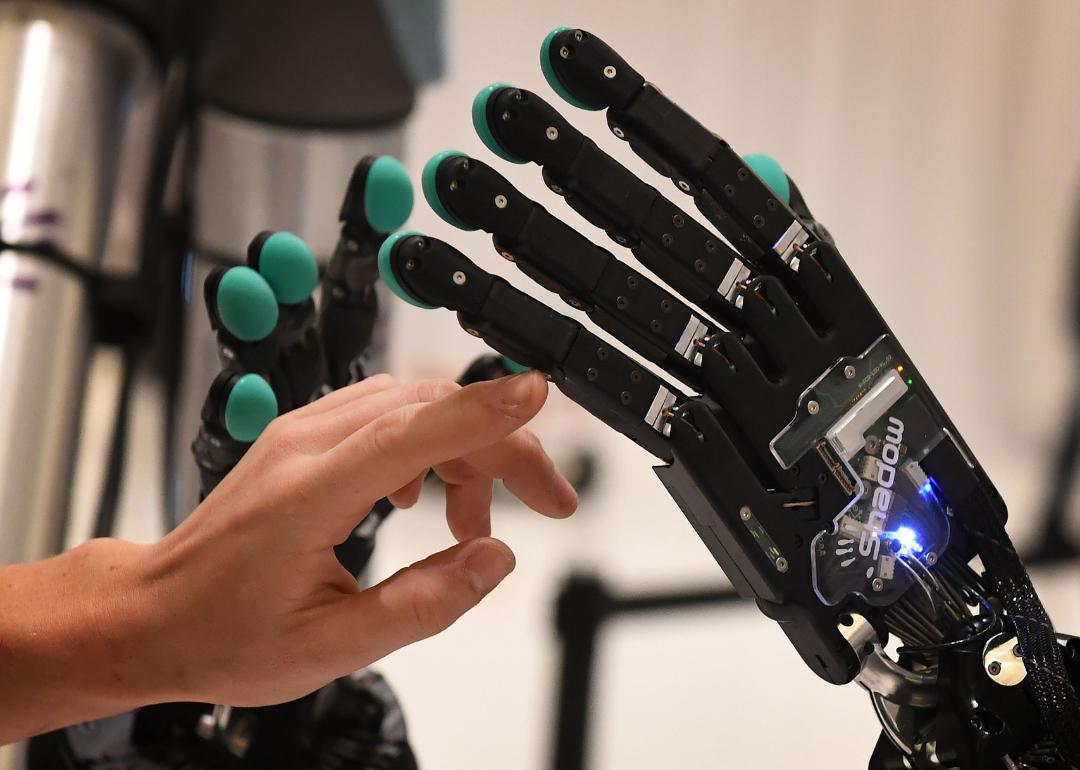
Advances in AI Language Modeling: Transformer BreakthroughAdvances in AI Language Modeling: Transformer Breakthrough The advent of transformer neural networks has revolutionized natural language processing (NLP) tasks, particularly in the realm of language modeling. Transformers, introduced in 2017 by Vaswani et al., have since become the cornerstone of state-of-the-art language models, leading to significant breakthroughs in text generation, machine translation, and various other NLP applications. Transformer Architecture Transformers adopt a unique architecture that employs self-attention mechanisms, enabling them to capture complex relationships within text sequences. The self-attention mechanism allows the model to weigh the importance of different parts of the input sequence, attending to relevant information and suppressing irrelevant noise. Pre-trained Models and Fine-tuning Pre-trained transformers on massive text corpora have achieved remarkable performance across a wide range of NLP tasks. These models, such as GPT (Generative Pre-trained Transformer) and BERT (Bidirectional Encoder Representations from Transformers), can be further fine-tuned on specific datasets to enhance their capabilities for specific domains or applications. Key Advantages of Transformers * Parallel Processing: Transformers can process large amounts of text data in parallel, utilizing multiple attention heads simultaneously. * Long Sequence Handling: They handle long sequences of text effectively, addressing the limitations of previous models. * Transfer Learning: Pre-trained transformers can be easily adapted to new tasks, enabling rapid prototyping and deployment of NLP applications. Applications of Transformer-based Language Models The advancements in AI language modeling with transformers have opened up new possibilities for NLP applications, including: * Text Generation: Transformer-based models generate coherent and contextually relevant text, revolutionizing content creation and language editing. * Machine Translation: Transformers significantly enhance the quality of machine translation, enabling seamless communication across different languages. * Question Answering: Transformers improve the accuracy and efficiency of question answering systems, providing valuable insights from text data. * Summarization: Transformer-based models effectively summarize text, generating concise and informative abstracts. * Named Entity Recognition: They identify and classify entities such as persons, organizations, and locations with high precision. Conclusion The transformer breakthrough has brought about a paradigm shift in AI language modeling. The self-attention mechanisms and parallel processing capabilities of transformers have enabled the development of sophisticated language models that surpass human-level performance in various NLP tasks. As research continues to explore the potential of transformers, we can anticipate even more groundbreaking applications in the realm of natural language processing.
Posted inNews